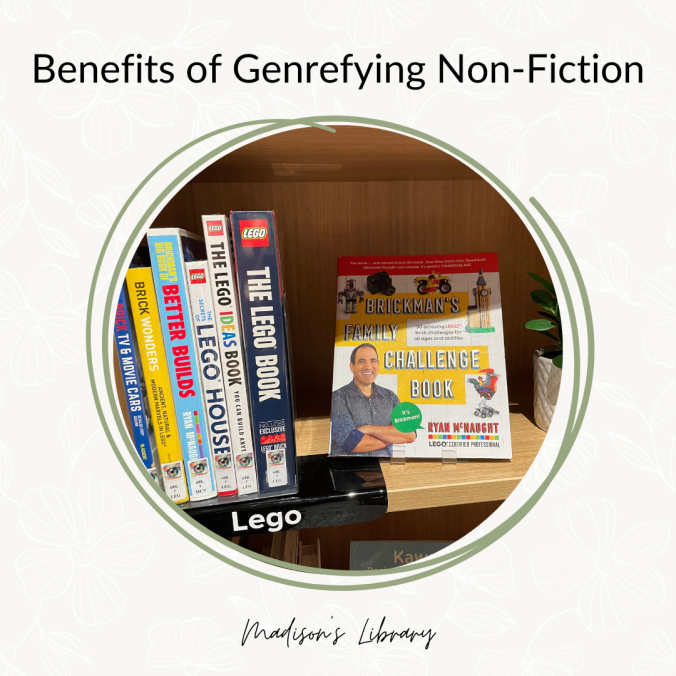If there was one thing I would suggest every single school library to enact it’s to move to a student-driven collection development. It is the most powerful process I know to increase engagement with a school library, support reading for pleasure and improve the collections in a school library. Who better to decide what to have on the bookshelves than the students and staff who are going to be reading those books.
Category: Collection Development (Page 1 of 2)
Updating A Manga Collection
Manga. My students just love it, can’t get enough of it. But interest has dropped slightly recently and I realised it was time to update our collection to reinvigorate the love.
Manga Collection Development Resources
As someone who doesn’t know much about manga, when it comes to updating my collection, I rely on the knowledge and expertise of others. Fortunately, we are lucky to have many in the library world who are experts in this area and share their knowledge. Here are some helpful resources
The Ins and Outs of Weeding
I am actually shocked it has taken me this long to write this post about weeding. Weeding is one of my absolute favourite collection management tasks.
Weeding is also known as deaccessioning, culling or deselection. It’s the process of carefully removing items from your school library collections using a specific criteria that meets your collection development policy.
The Importance of a Diverse Collection
We all know the importance of a diverse collection. At least, theoretically. It might be something we mention in our collection development policy, or nod our heads to during a webinar. Maybe we’ve even put a diversity collection audit on our to-do list. But in the busyness of daily school library life, diverse collection development and promotion can sometimes slip.
Reinvigorating Non-Fiction – part 4 of a 2 year journey
Non-fiction has been a bit of a hot topic in school library discussions in recent months and for good reason. On one hand we are embracing genrefication and challenging the status quo of using problematic library layout systems and on the other hand school librarians are investigating the importance of non-fiction and its place in the school library.
I believe that a beautiful, vibrant non-fiction collection is vital for all school libraries for students of all ages.
Step-by-step Guide to Genrefying Non-Fiction
There are so many benefits of a genrefied non-fiction collection. I can highly recommend it, but if you are just starting out or are facing a large non-fiction collection, knowing where to start can be daunting. Here’s my step by step guide to genrefying a non-fiction collection.
Making Your Own School Library Signage
Signage is one of the most important things you can add to your school library collections to aid access and remove the barriers students might face in trying to access the information they need. Fortunately, you can now purchase a wide range of signage options from school library suppliers, but it can be pretty expensive. I have always made my own signage for my school library collections, using a variety of different tools, software programs and resources, making my signage fully customisable and a lot more cost-effective. Using a few tips and tricks, your signage can look as professional as purchased signage.
Benefits of Genrefying Non-Fiction
Non-fiction is seeing a bit of a resurgence in recent years and I am very much here for it. I love non-fiction and think big, beautiful and relevant collections have so much to offer staff and students of all ages.
But how best to present and organise your non-fiction collection? Would a genrefied collection offer the most for your students?
Genrefying The Teacher Reference Collection
What is your teacher reference collection like? Dusty and unused? Tiny and unhelpful? Large and overwhelming?
When I inherited my current school library, the junior school’s collection was in the Junior Library but the secondary school teacher reference collection was not located in the library. The junior collection was large, with class sets, literature circles and teaching resources. The secondary TR collection had been housed in a staff area under the guidance of those responsible for guiding the pedagogy of the school. A move that made sense. The collection was certainly not as large as at some of my previous schools, but that was because junior and secondary was separated and the textbook TR was housed with the textbooks. The Secondary collection was books only, no resources. The majority of items are stored within departments in different storerooms, squirrelled away and a disaster zone all of their own. In this post, I am talking about the genrefication process of the secondary school teacher reference collection.











